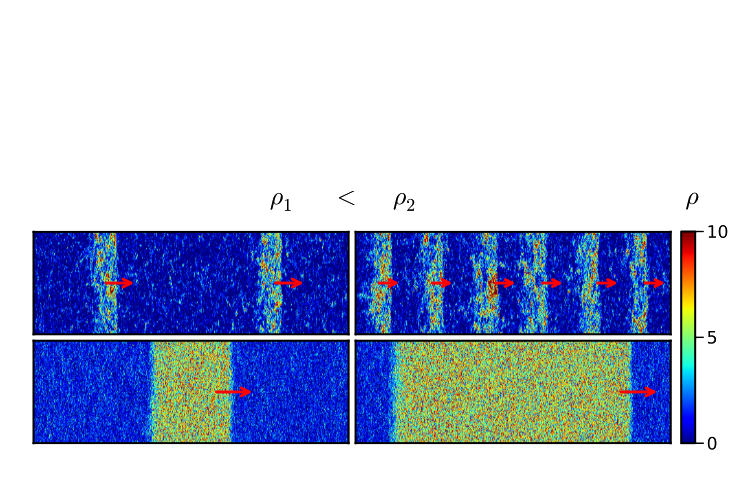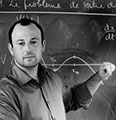Elective courses, M2 First semester, courses
Nonequilibrium and active systems
Statistical mechanics has brought a fundamental change of paradigm in physics: rather than solving complex dynamics (e.g. Newton or Schroedinger equations), the study of matter can now be done using static, probabilistic approaches, provided the system under study is in (thermal) equilibrium. As statistical mechanics progresses towards new area of research (biophysics, geophysics, driven systems), new frameworks are needed to reproduce the successes of equilibrium statistical mechanics. In these lectures, we will study the new tools which have been developed over the past few decades to study non-equilibrium systems.
The first part of the lectures will be dedicated to study these tools in the context of relaxations towards thermal equilibrium (derivation of Langevin equation, Ito calculus, Fokker-Planck equation & operator, Master equation). In the second part, we will illustrate and apply these tools to study a research field which has attracted a lot of interest recently: active matter. This field encompasses systems in which individual units are able, at the microscopic scale, to convert energy stored in the environment to self-propel (bacteria, active colloids, vibrated granular media, etc.).
Bibliography
- The Fokker-Planck Equation. H. Risken, Springer
- Stochastic Methods – A Handbook for the Natural and Social Sciences, C. Gardiner, Springer.
- Stochastic Processes in Physics and Chemistry, N. van Kampen, Elsevier.

 Frédéric van Wijland
Frédéric van Wijland
(Université Paris Cité)
Comments are closed





